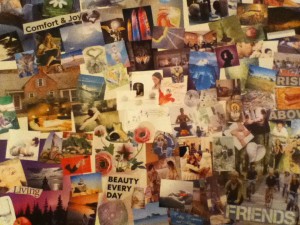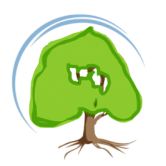 These past weeks have been difficult for many people around the world: floods killing many people while leaving 1000s others homeless for at least some time or without electricity or clean water supplies; heat waves that contributed to energy problems, health problems, and emotional ‘melt downs’ all over; earth quakes and tremours shaking up people’s lives in so many different ways. If we listen to the news, most of it is bad. But there are also other stories in these difficult times, stories of people helping strangers, people defending others, people finding their own strength, faith, and voices. Like so often in history, small and big, times of chaos and strive help people connect in different, often more personal ways.
These past weeks have been difficult for many people around the world: floods killing many people while leaving 1000s others homeless for at least some time or without electricity or clean water supplies; heat waves that contributed to energy problems, health problems, and emotional ‘melt downs’ all over; earth quakes and tremours shaking up people’s lives in so many different ways. If we listen to the news, most of it is bad. But there are also other stories in these difficult times, stories of people helping strangers, people defending others, people finding their own strength, faith, and voices. Like so often in history, small and big, times of chaos and strive help people connect in different, often more personal ways.
Watching TV lately I also noticed that advertising seems to have changed. There are two new forms of advertising that seem to me on the polar-opposite ends of the spectrum: one format I find quite offensive or at least disrespectful or condescending. It plays on the superiority of one group (and product) over others and reduces the other to stereotypes. It seems to clearly work on the idea of separation. The other form of advertising seems to be doing the exact opposite: focusing on the generosity of people, the positive in life, and the ways in which we are all the same on some very basic levels — such as being human. Granted, it’s still all advertising and designed to get us buy stuff, but it also reflects standards in our society. It tells us something about we connect with the world (or at least about how the advertisers think we do).
So, the question has come up for me: how do we connect to the other? How do we learn making a connection? What are the consequences of different ways to connect?
Connecting to others is a core need of human beings. In infancy we depend on it for physical survival. In childhood and adolescence we need to connect to others in order to develop a Self — and to survive emotionally and mentally. As adults our need to connect to others may not be as clear and apparently urgent — and yet, it still is of vital importance. It is what gives us meaning in life, makes us move on (or fight on, if necessary), and allows us to survive the daily onslaught of requests for time, attention, energy, as well as the continued attacks on our self-image, self-worth, and personal value. It is in our healthy connections that we feel safest and most ourselves.
However, many of us haven’t learned to connect in healthy ways to other people. Be it because of abuse or neglect in childhood, because our parents didn’t know better themselves, or because they simply could not be around for economic, political, social, health or any other reasons — many of us didn’t experience steady, reliable, secure connections in childhood. And often it shows. In the best cases it drives us to learn more about ourselves and how to connect healthily to others. In the worst cases it creates extreme isolation and / or extreme anger that can become dangerous for ourselves and others.
Learning how to connect to others as adults isn’t always easy. We may have to learn to trust. We may have to learn the language of connection. We may have to face our fears of being rejected again. Most importantly, we may have to learn to connect to that part of ourselves that is vulnerable and loving and gentle; the part that deserves to be seen, heard, connected, and accepted. And we need to learn to hold that part tight and safe — like our parents ought to have held us when we were children. It’s not always easy. It’s risky. But it is so worth it, because learning how to connect means reaching for our true place on this planet, in this life. And that, more than anything I can think of, is what gives us the ultimate sense of safety: a connection to life and our own, inner, deeper, personal purpose.

